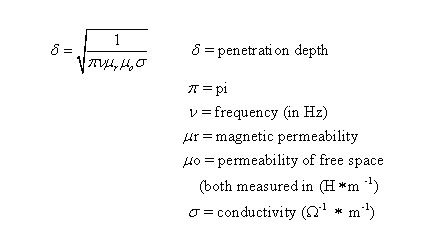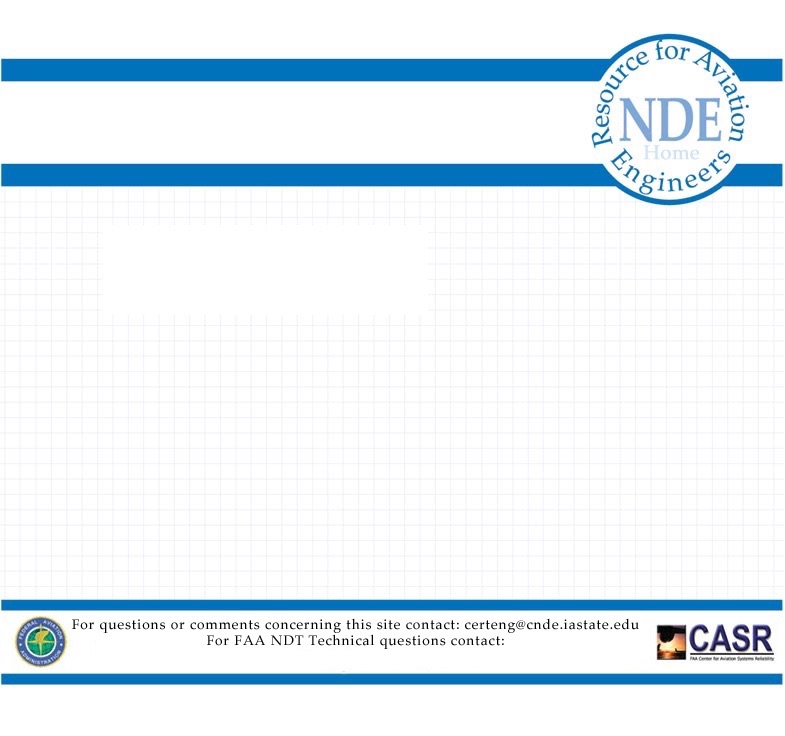

Current is defined as the ratio of change of charge per unit of time

Therefore, 1 amp is equal to 1 Coulomb/second
The amount of current for a given area is defined as the current density (J), which is defined by the following:
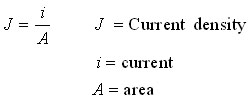
The electrical conductivity of a material is used to specify the electrical character of a material and is the reciprocal of the resistivity (Ω-m)-1. Conductivity is a material property and tables exist for many engineering materials.
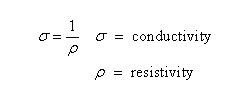
The effect of an electrical field on an object is directly related to the current density by the following formula:
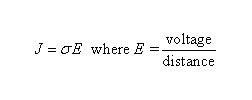
The resistivity of a material is determined by the physical dimensions of the object where:
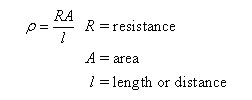
The unit is an ohm-meter (Ω-m)
The general constitutive equation for an electrical field is given as:
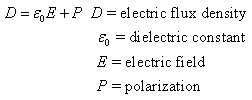
In other words, when an electric field is applied to free space an electric flux density is generated - you don't have to have a material present.
Polarization describes how a material becomes charged.
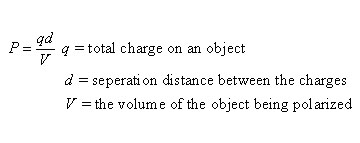
The unit for polarization is a Coulomb/meter2 (C/m2)
The polarization of an object is related to the Electric Field created by the following equation:
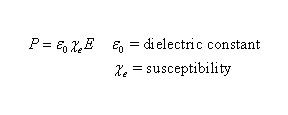
Matthieson's Rule for resistivity
When considering the amount of resistivity in a material, one must consider several different factors, such as temperature, material composition and microstructure of the material. Matthieson's rule for resistivity states that the total resistivity of a material is equal to the sum of the individual resistivities.
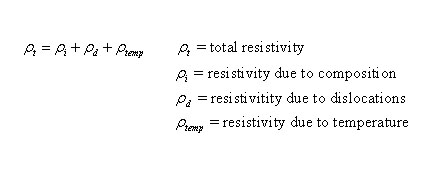
As composition changes, resistivity either increases or decreases.
As the number of dislocations increases within a sample, the resistivity generally increases.
As the temperature of the test piece increases, the resistivity generally increases.
The penetration depth is determined by using the following formula:
